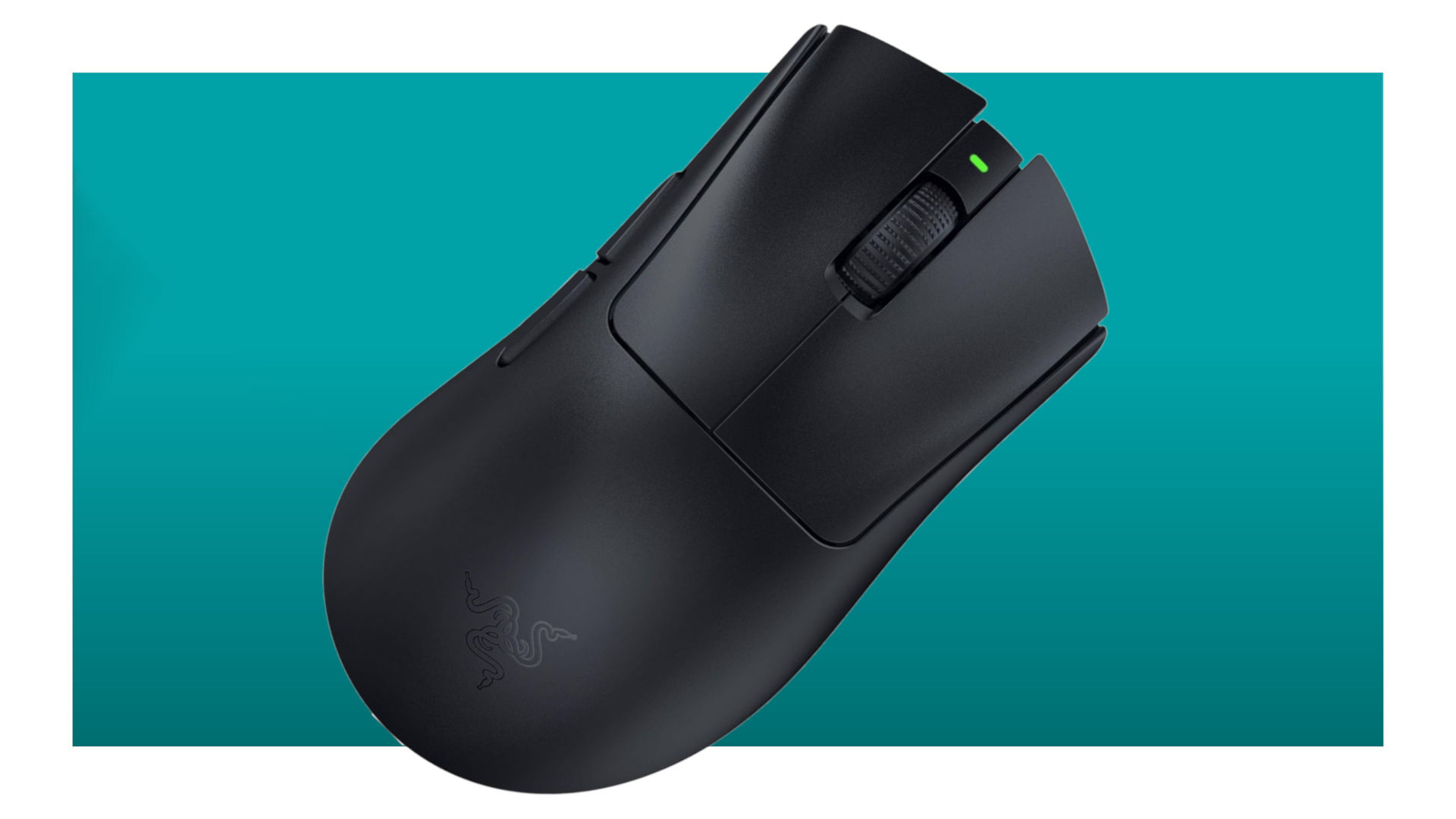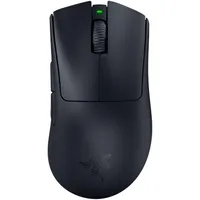Who needs Prime Day when the Razer DeathAdder V3 HyperSpeed is already a great deal on the best gaming mouse?
Save even more money by getting a slower DeathAdder that's lighter and better than the V3 Pro.

Razer DeathAdder V3 HyperSpeed | Wireless | 26,000 DPI | 5/8 buttons | 100-hour battery | Right-handed | $95.87 at Amazon
No, it's not on sale, although Amazon has knocked a few dollars off the MSRP. But it's still a better mouse for millions of PC Gamers than the DeathAdder V3 Pro, which is on sale. I know that doesn't make sense but trust me, this mouse is the one to buy.
Price check: Best Buy $99.99 | Razer $99.99
Razer DeathAdder V3 Pro | Wireless | 30,000 DPI | 5/6 buttons | 90-hour battery | Right-handed | $149.99 $128.29 at Amazon (save $21.70)
It's the best wireless gaming mouse you can buy—fast, lightweight, and very reliable. The only problem is that it's too good for most gamers' needs and the simpler HyperSpeed model is over $30 cheaper, even with this deal.
Price check: Newegg $129.99 | Razer $159.99
With a saving of nearly $22, the best wireless gaming mouse you can buy right now is well worth picking up. The Razer DeathAdder V3 Pro might not look very special but it boasts a 30,000 DPI optical sensor, an 8 kHz polling rate wireless dongle, and a build quality second to none.
However, I don't think you should buy it. Not because it's a poor deal—far from it—but simply because there's a better deal to be had. Well, I say deal, but it's not technically on sale in the Prime Day event, even though it's a few dollars cheaper than the Razer's MSRP.
I'm talking about the DeathAdder V3 Pro's lesser sibling, the V3 HyperSpeed. Its optical sensor isn't as capable, rated to a peak of 26,000 DPI, and the wireless system has a polling rate of 1,000 Hz (though you can buy a separate dongle if you want the full 8 kHz rate).
But forget all about that, as few PC gamers would ever be able to tell the difference or at the very least, it's not so cut down in specs to be significant in gaming. Truth be told, the V3 Pro is best suited to genuine professionals, whereas the V3 HyperSpeed is simply a great wireless gaming mouse that's perfect for everyone.
- We're curating all the best Prime Day PC gaming deals right here.
I'm not a huge fan of gaming mice: I find they give me wrist and hand ache after a while and the drive to make them as lightweight as possible tends to result in them being a bit on the flimsy side of things. But when I reviewed the DeathAdder V3 HyperSpeed, I was pleasantly surprised by how robust and comfortable the whole thing felt.
The plastics attract skin grease, the buttons are loud, and the mouse wheel is a bit rubbish outside of gaming, but these are very minor issues in the grand scheme of things. Just wipe it down after a long gaming session and the mouse will last for years, and if you play with headphones, then you'll never really notice the button noise.
Sure, the DeathAdder V3 Pro is a better wireless gaming mouse, but I'd argue that the DeathAdder V3 HyperSpeed is a better deal—not just in terms of price but in things like battery life and ease of use. The lower polling rate means you won't need to worry about charging it all the time.
The V3 HyperSpeed is 25% cheaper than the V3 Pro but it's absolutely not a 25% lesser gaming mouse. It's the complete opposite in my opinion and arguably a better purchase. Why bother hunting through the Amazon Prime Day deals when you've already got one here?
- We're curating all the best Cyber Monday PC gaming deals right here.
- We're curating all the best Cyber Monday PC gaming deals right here.
Keep up to date with the most important stories and the best deals, as picked by the PC Gamer team.

Nick, gaming, and computers all first met in the early 1980s. After leaving university, he became a physics and IT teacher and started writing about tech in the late 1990s. That resulted in him working with MadOnion to write the help files for 3DMark and PCMark. After a short stint working at Beyond3D.com, Nick joined Futuremark (MadOnion rebranded) full-time, as editor-in-chief for its PC gaming section, YouGamers. After the site shutdown, he became an engineering and computing lecturer for many years, but missed the writing bug. Cue four years at TechSpot.com covering everything and anything to do with tech and PCs. He freely admits to being far too obsessed with GPUs and open-world grindy RPGs, but who isn't these days?



